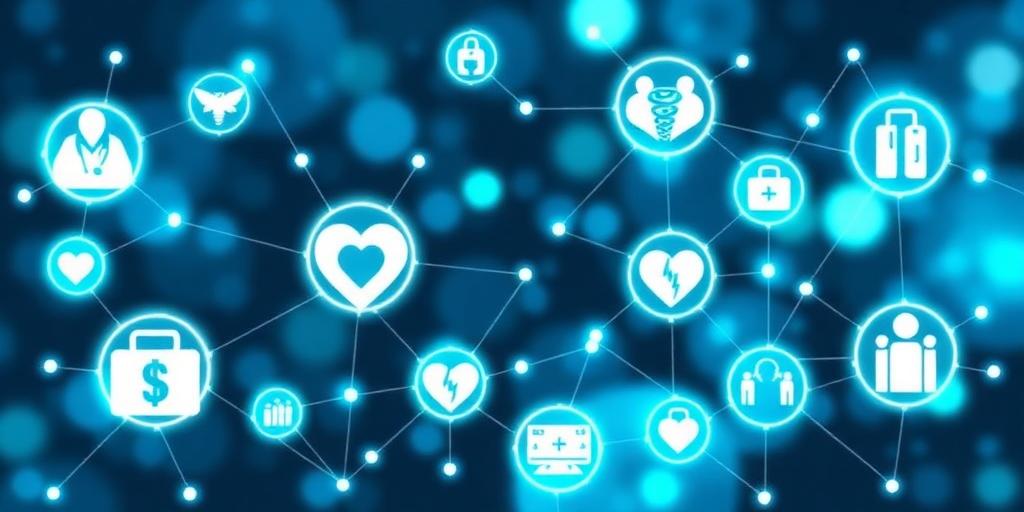The National Digital Health Mission (NDHM), now known as the Ayushman Bharat Digital Mission (ABDM), represents a transformative initiative by the Indian government to digitize the healthcare ecosystem. With a target completion date of 2025, the mission aims to create a seamless online platform where citizens can access and manage their health records. This article provides an in-depth look at the key components, objectives, and potential impact of the ABDM.
Core Components of ABDM
The ABDM framework is built upon several key pillars:
- Health ID: A unique identifier for every citizen, enabling secure and accurate health data management.
- DigiLocker for Health: A secure cloud-based storage for health records, allowing individuals to access their data from anywhere.
- Healthcare Professionals Registry (HPR): A comprehensive database of all healthcare professionals in the country.
- Health Facility Registry (HFR): A registry of all healthcare facilities, both public and private.
- Interoperability: Ensuring seamless data exchange between different healthcare providers and systems.
Objectives of the Mission
The primary objectives of the ABDM are to:
- Improve Healthcare Access: By providing a centralized platform for health records, the mission aims to enhance access to quality healthcare services, especially in remote areas.
- Enhance Efficiency: Digitizing health records reduces paperwork, streamlines processes, and improves overall efficiency in healthcare delivery.
- Promote Informed Decision-Making: With easy access to their health data, individuals can make more informed decisions about their health and treatment options.
- Ensure Data Security and Privacy: The mission incorporates robust security measures to protect sensitive health data and ensure privacy.
- Foster Research and Innovation: The availability of standardized health data can facilitate research and innovation in the healthcare sector.
Potential Impact
The successful implementation of ABDM has the potential to revolutionize the Indian healthcare system. It promises to bring greater transparency, accountability, and efficiency to the sector. Furthermore, it can empower citizens to take control of their health and make informed decisions. By 2025, the vision is to have a fully integrated digital health ecosystem that benefits all stakeholders, from patients to providers to policymakers.
Challenges and the Way Forward
Despite its ambitious goals, the ABDM faces several challenges, including data security concerns, infrastructure limitations, and the need for widespread digital literacy. Addressing these challenges will require a concerted effort from all stakeholders, including the government, healthcare providers, and the public. Continuous monitoring, evaluation, and adaptation will be crucial to ensure the mission stays on track and achieves its intended outcomes.









